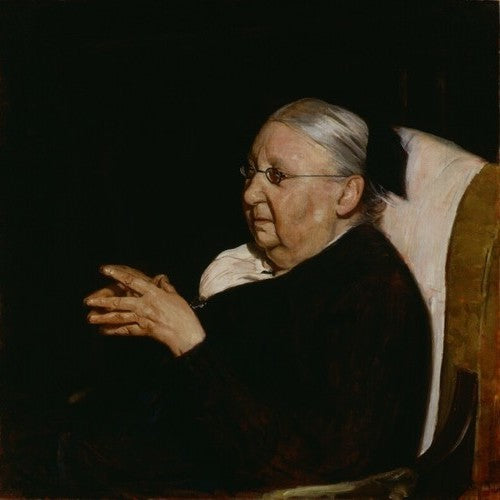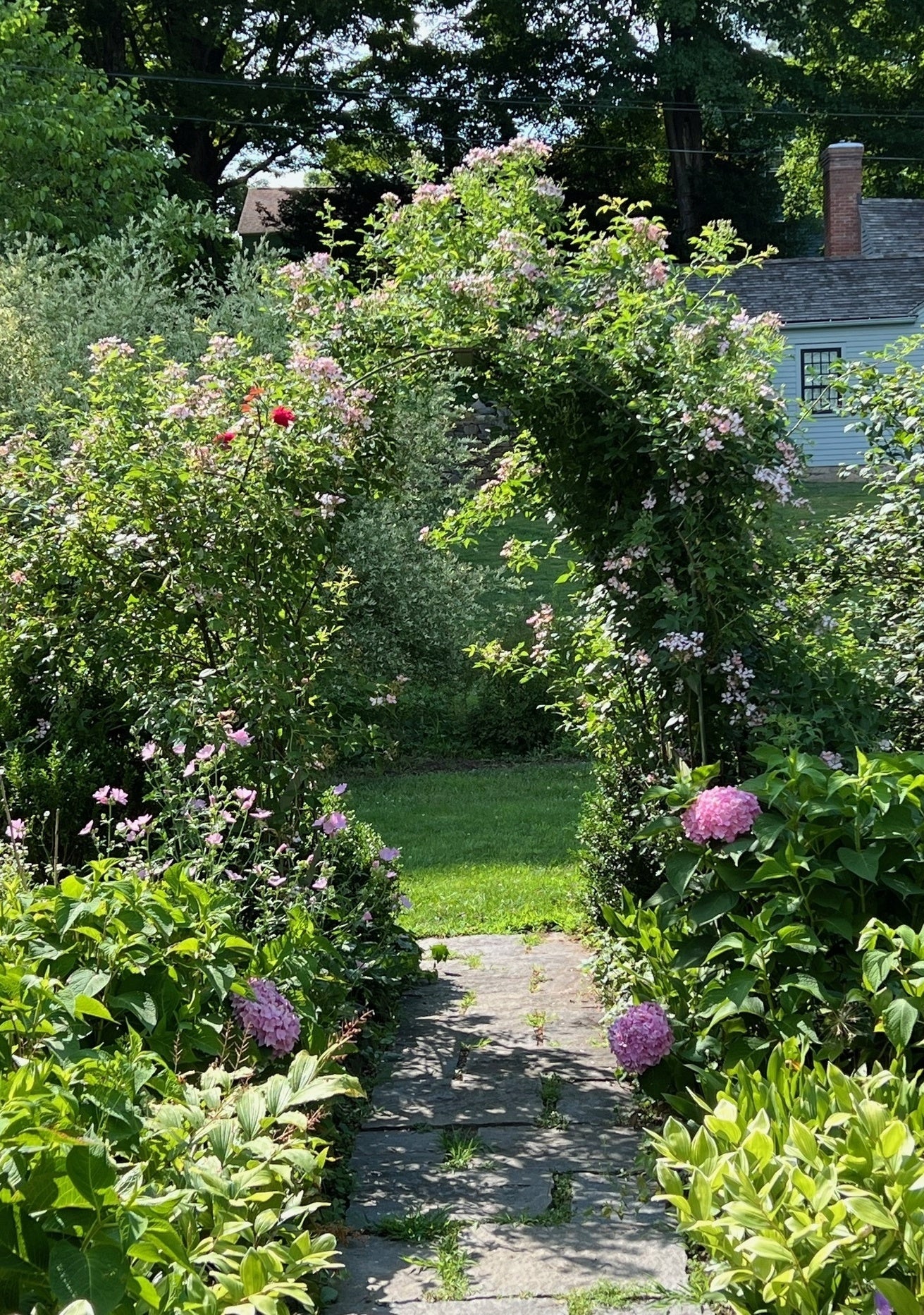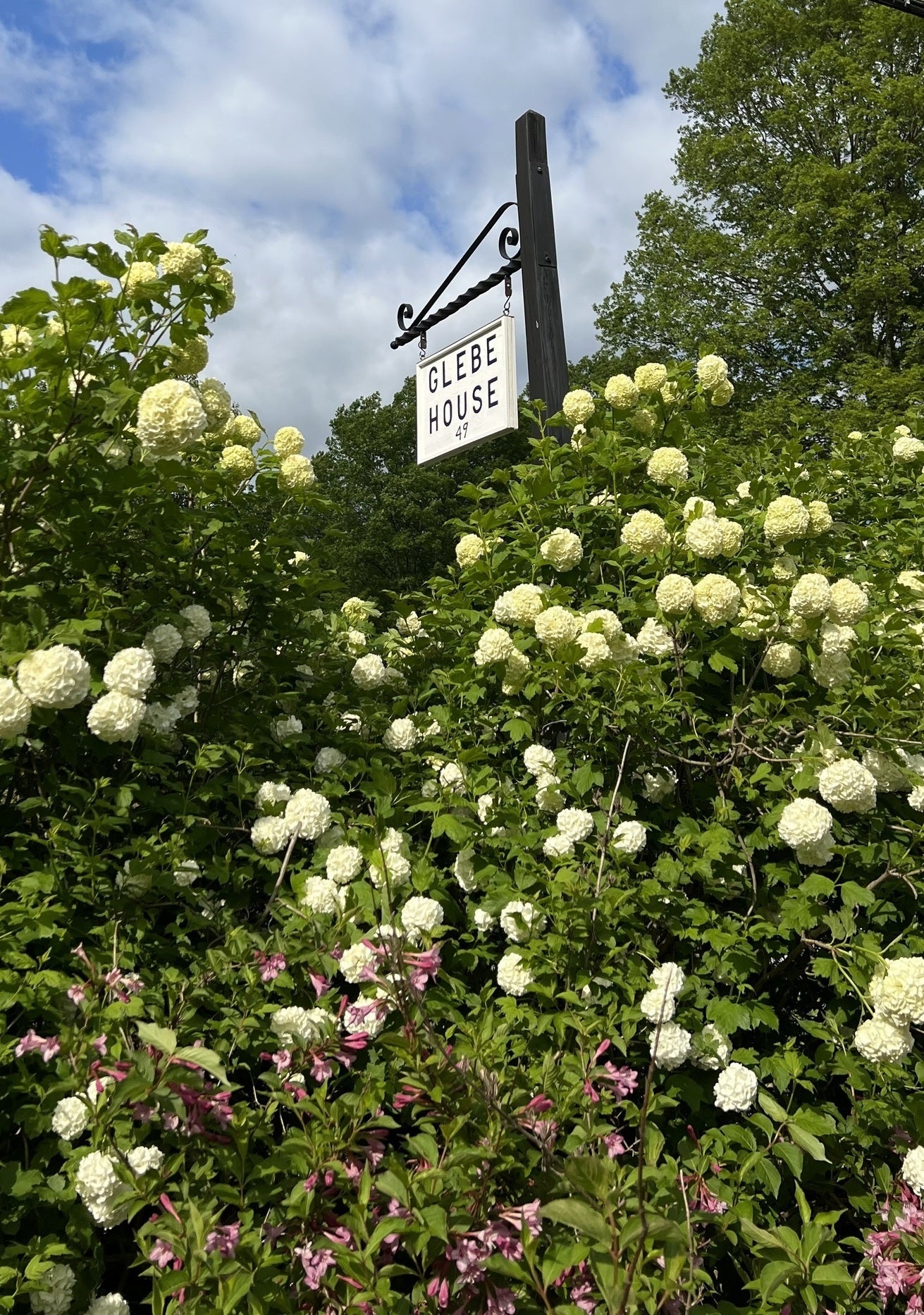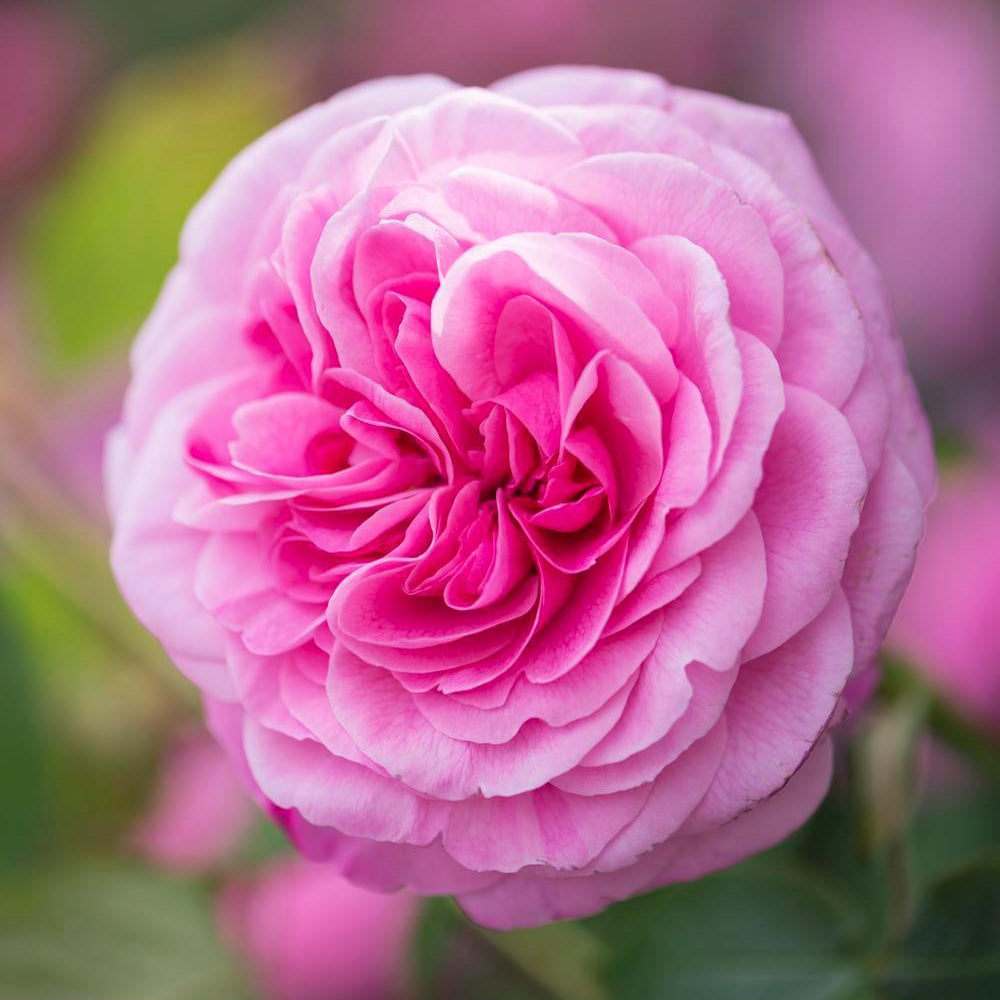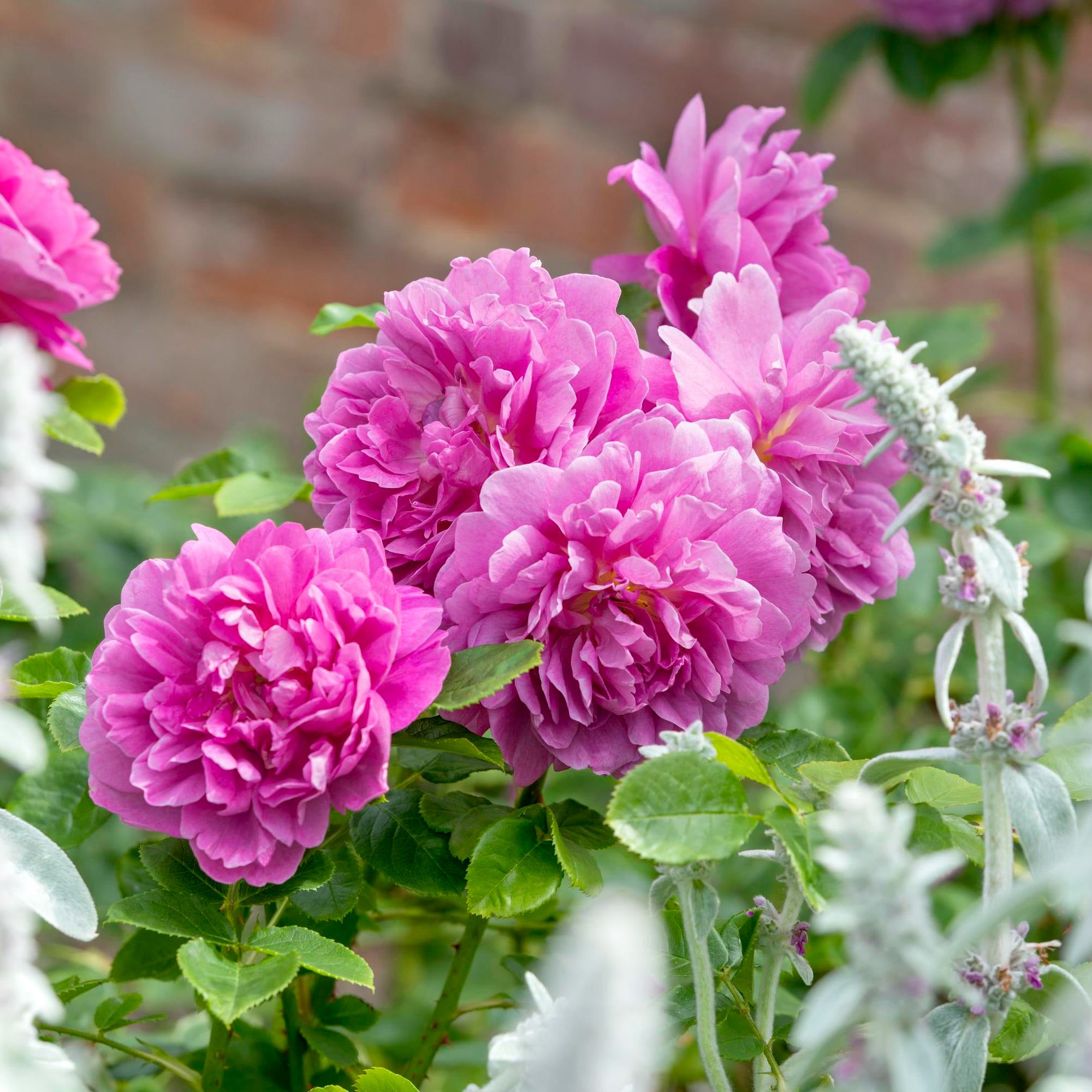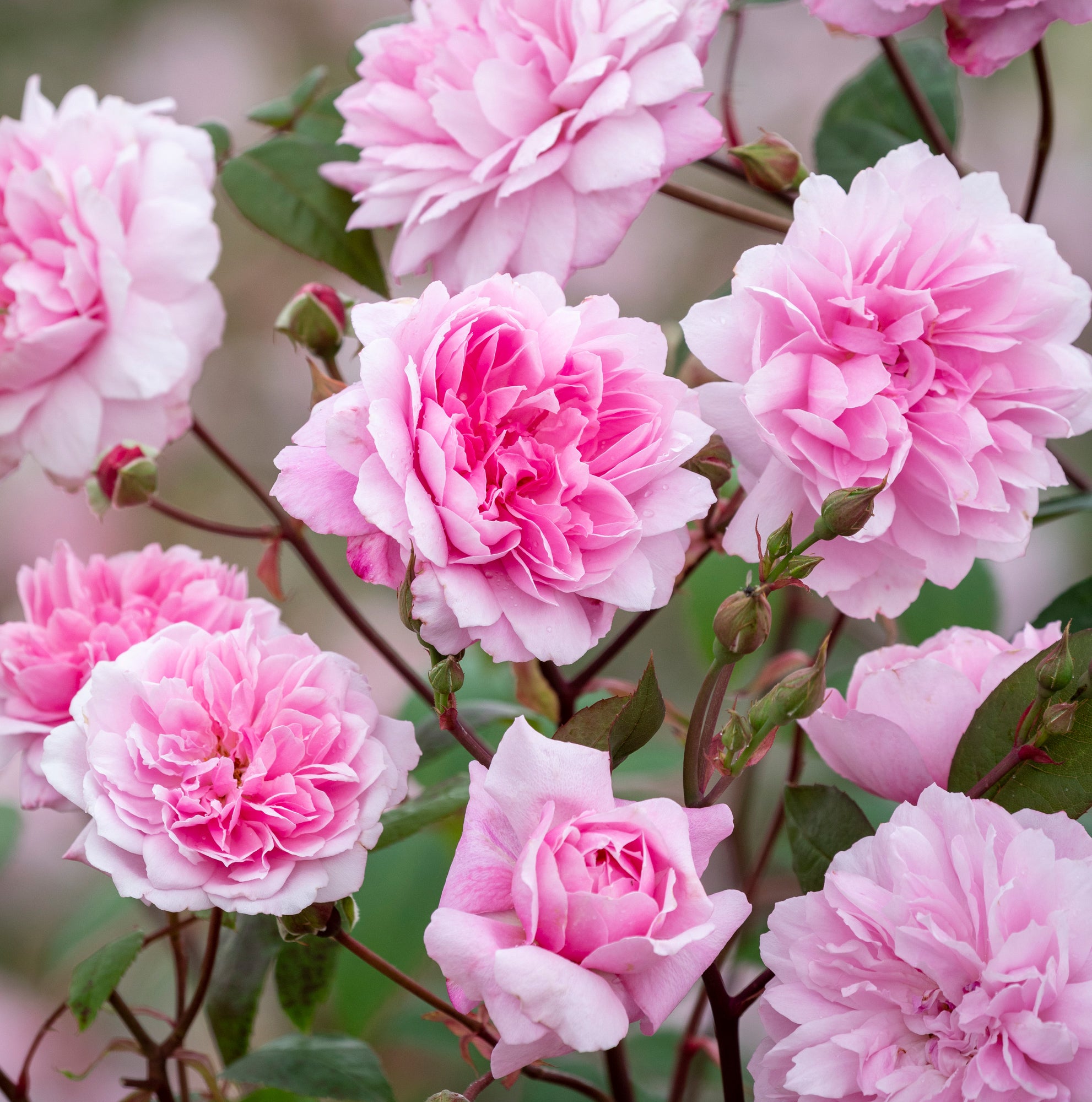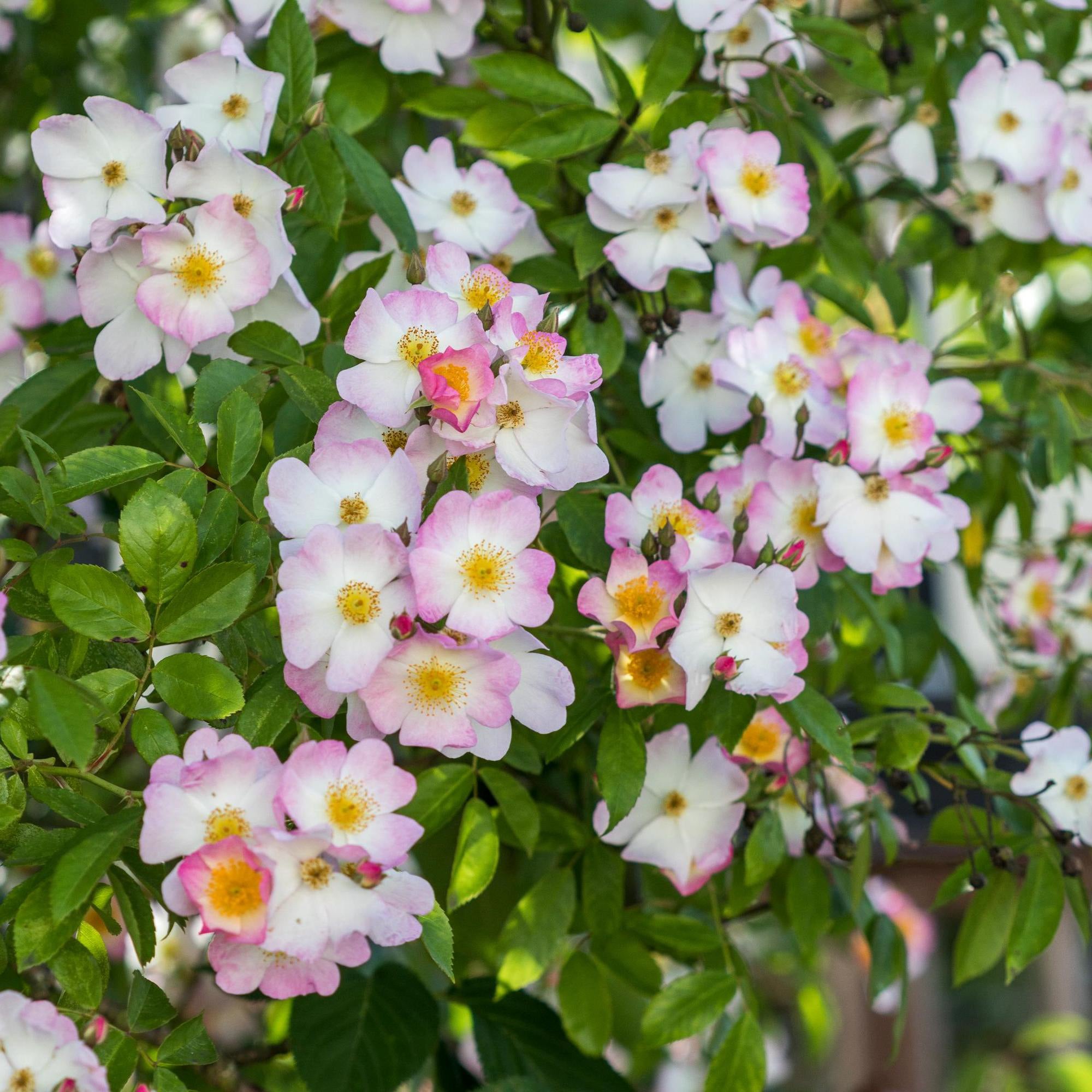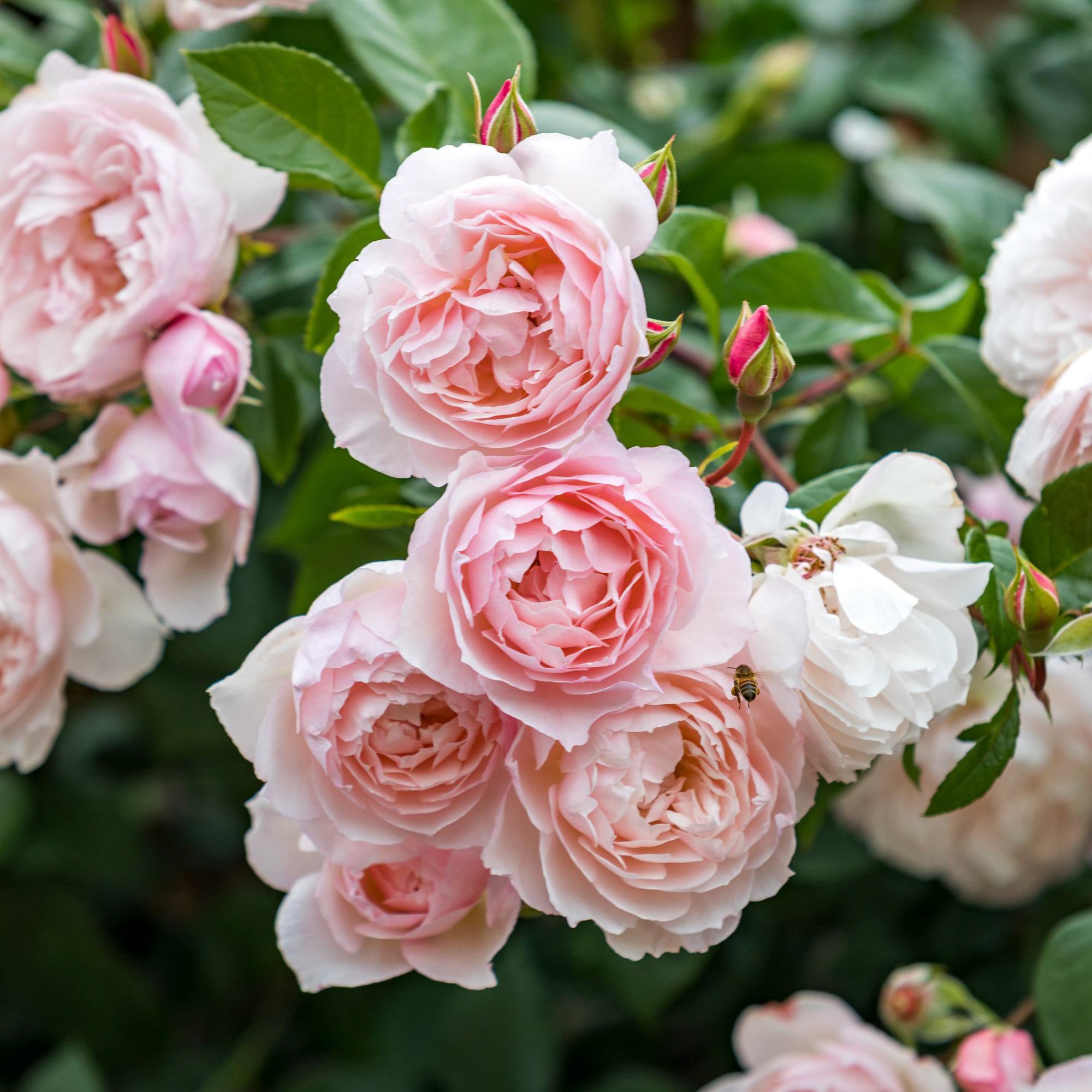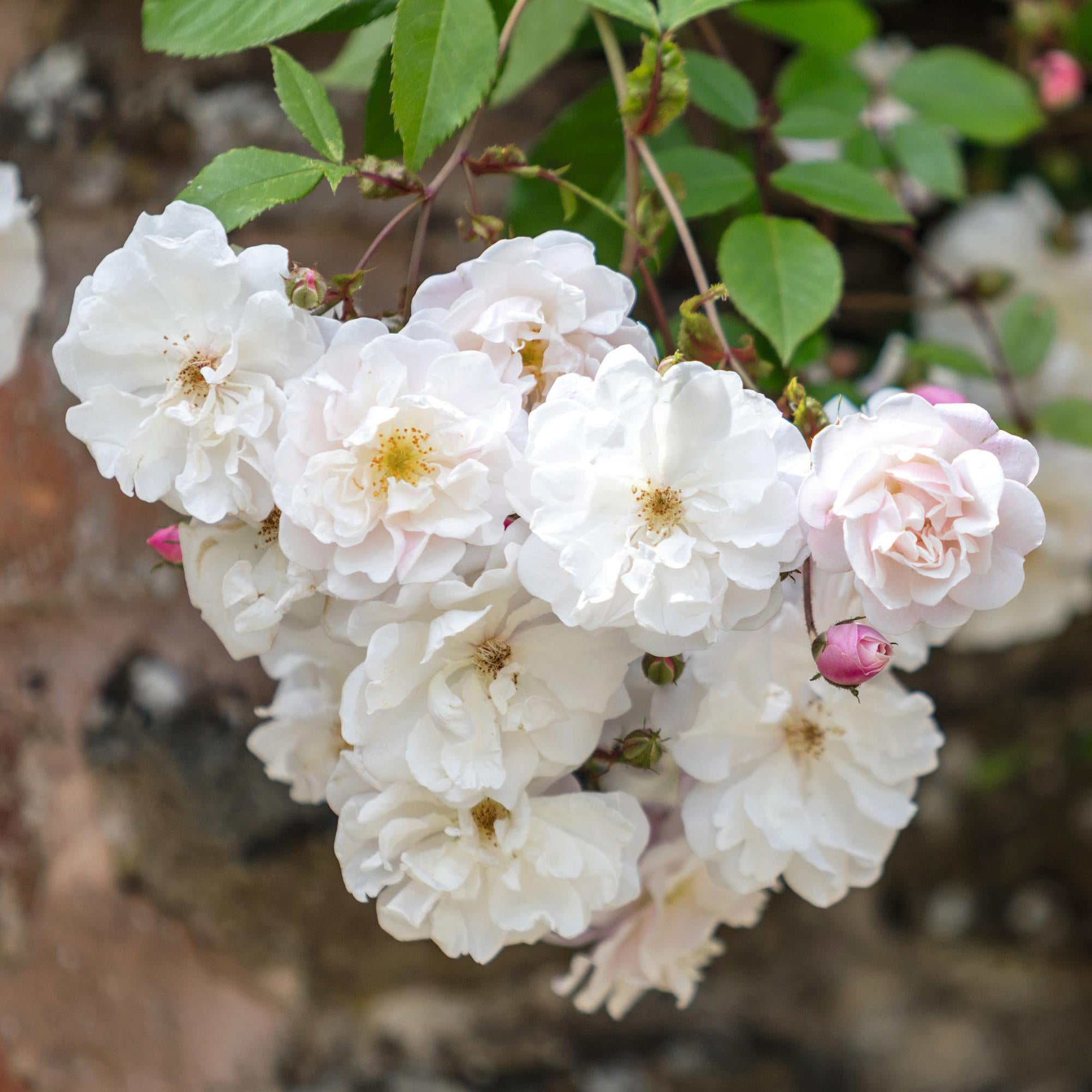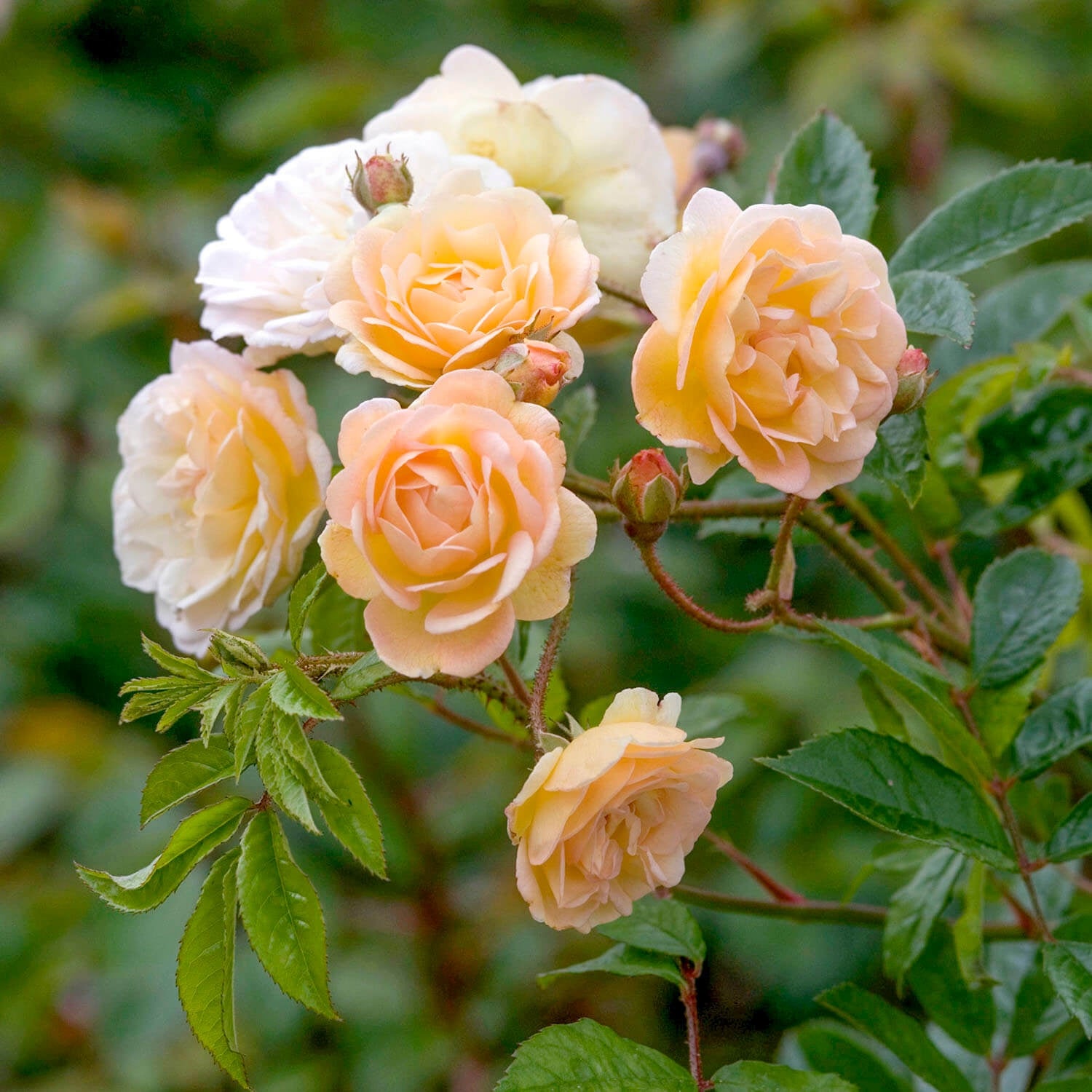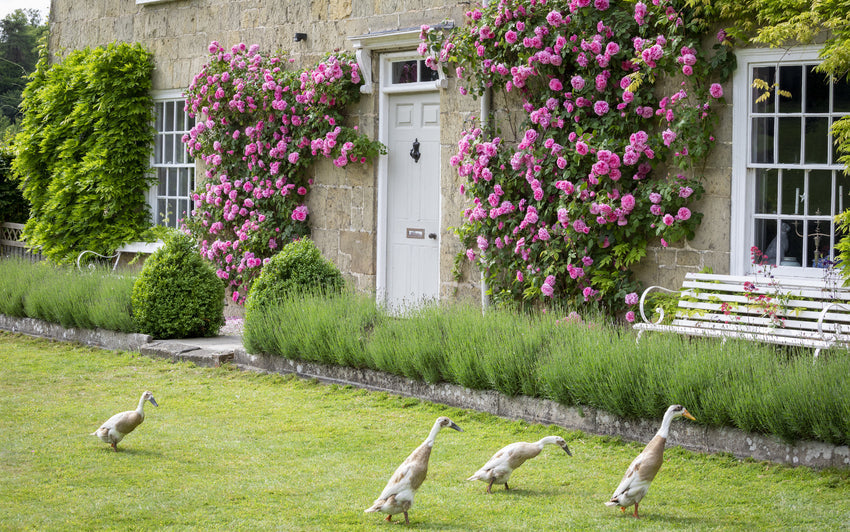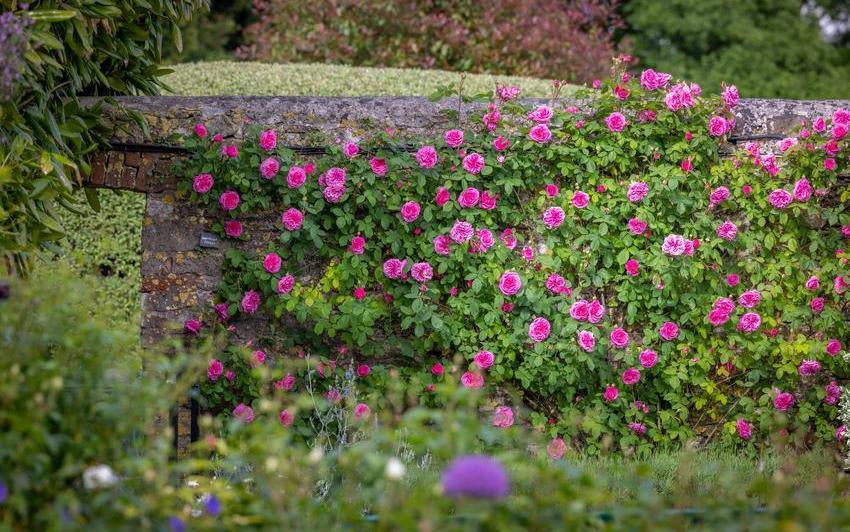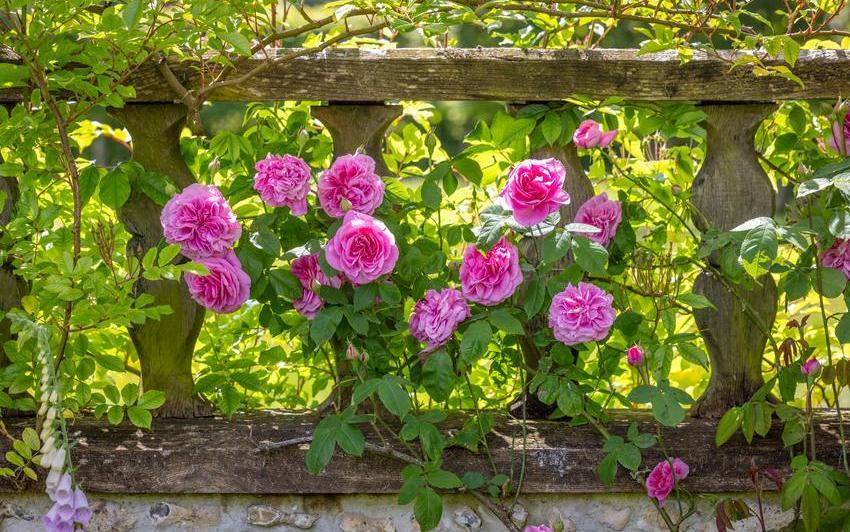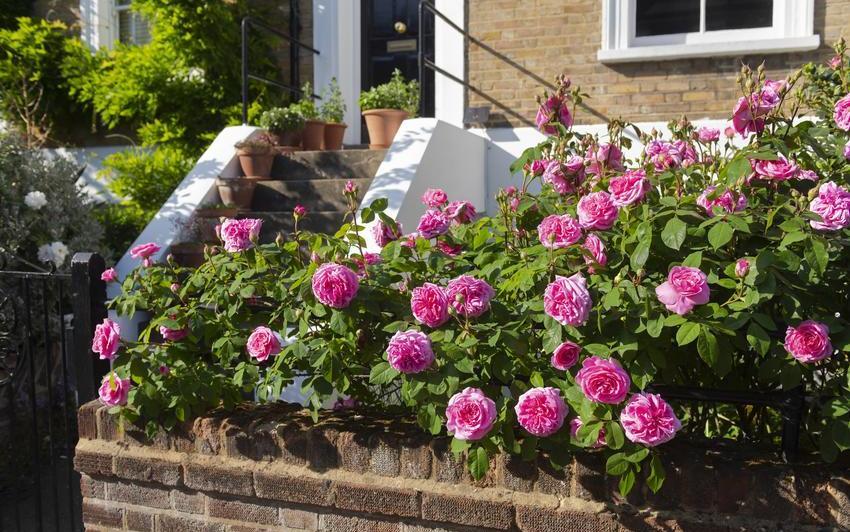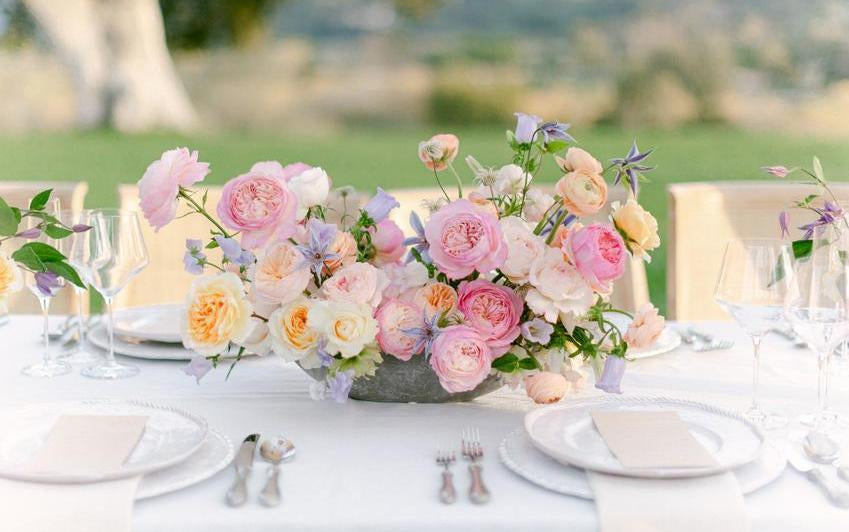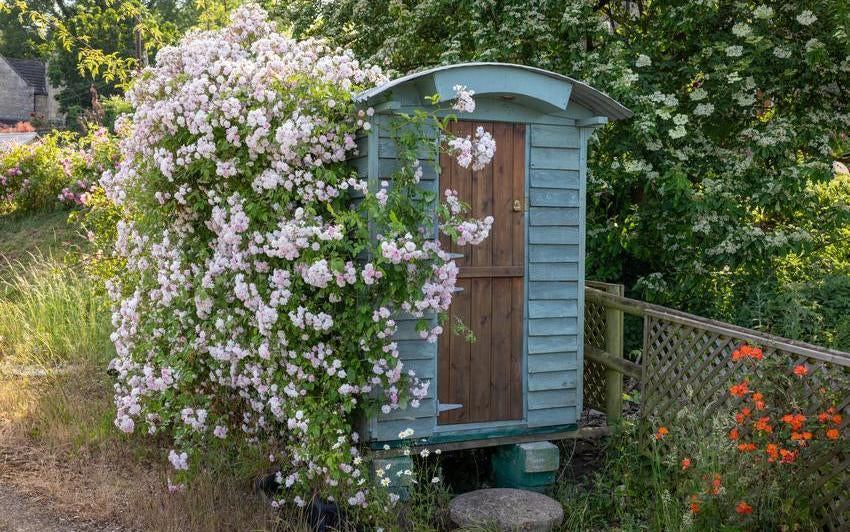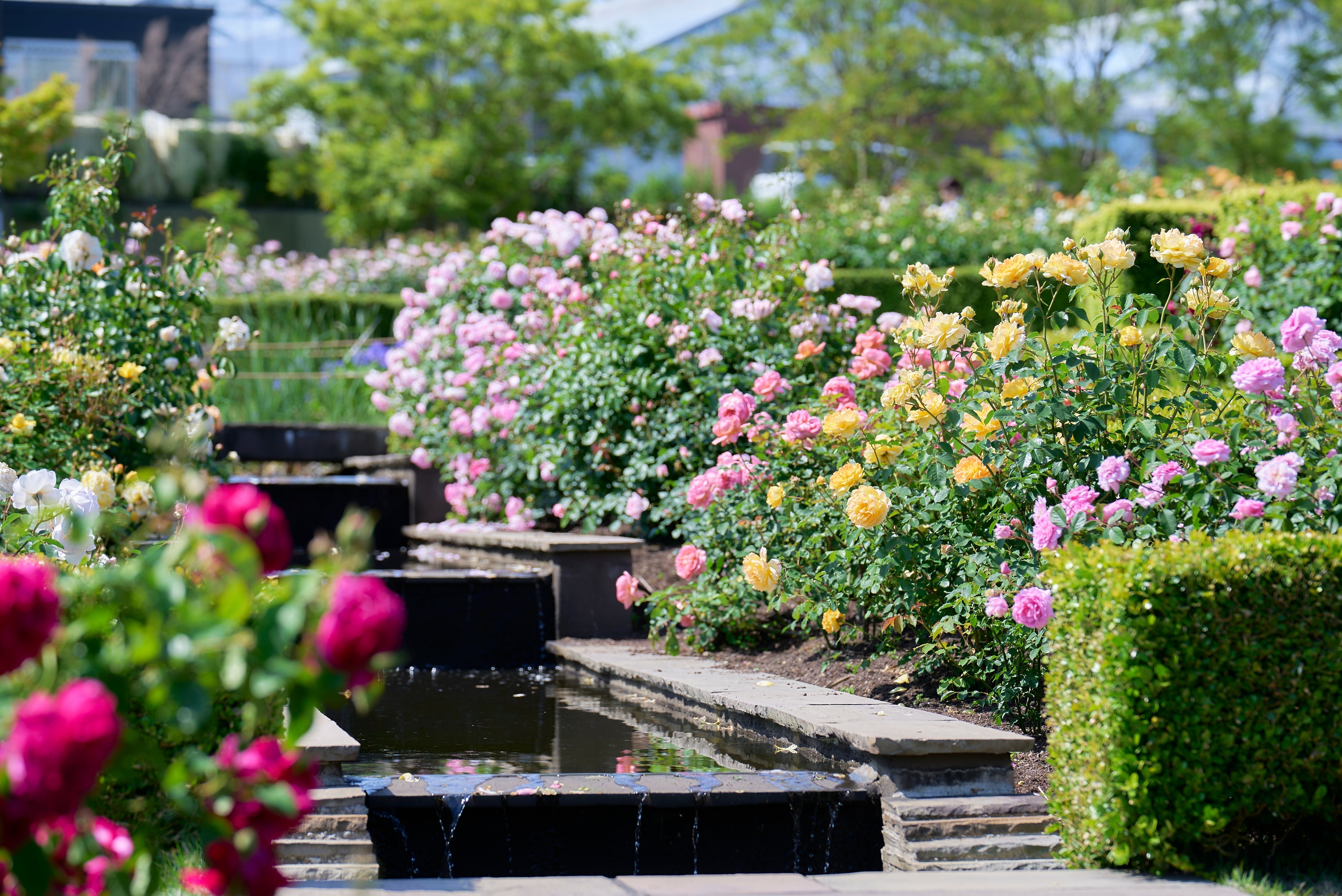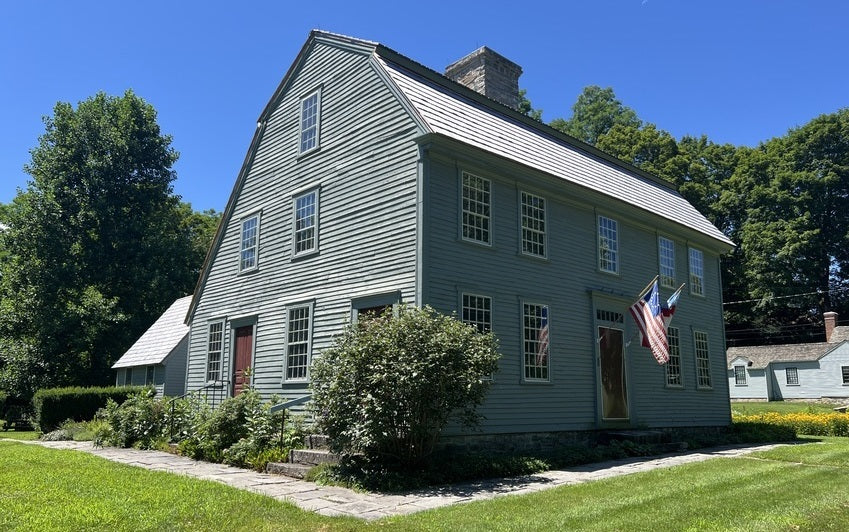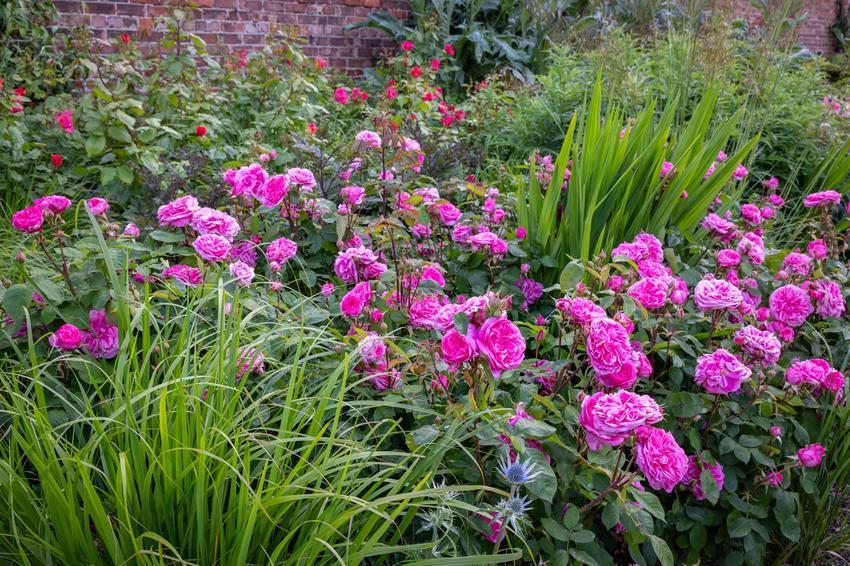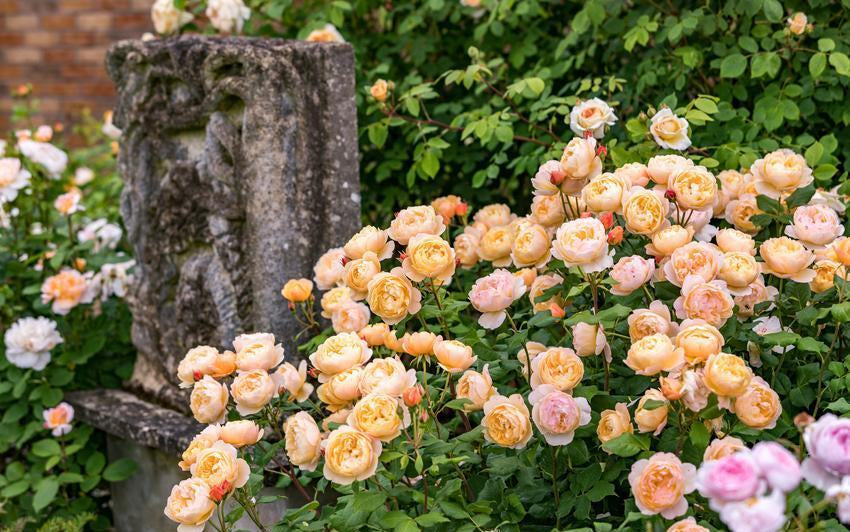Gertrude Jekyll’s Timeless Design at the Glebe House Garden
By Deborah Soresino, Lead Garden Researcher at the Glebe House Museum
In the quiet town of Woodbury, Connecticut, sits the Old Glebe House Museum, an 18th-century parsonage with a remarkable story to tell. Within its grounds lies something truly special: one of only three gardens in the United States designed by the legendary British plantswoman, Gertrude Jekyll. It is also the only one fully realised according to her original plan.
A Design by Gertrude Jekyll
In 1926, Annie Burr Jennings, an American philanthropist and supporter of the Glebe House restoration, shared tea with Miss Jekyll herself. Inspired by that meeting, Jennings agreed to fund the creation of a Jekyll-designed garden at the property. The following year, Jekyll produced a beautifully detailed, hand-drawn plan, despite never having set foot on American soil.
For decades, that plan lay hidden, until in the 1970s it was rediscovered by Susan Schnare, then a student researching Jekyll’s work at the University of California, Berkeley. By the mid-1980s, with extensive research and careful fundraising, Jekyll’s romantic vision for the Old Glebe House was finally set in motion, and by 1988 her garden design came fully to life.
Staying True to Her Vision
The garden remains entirely Jekyll in spirit and execution. Her original letters and instructions still guide the work of today’s gardeners. Each plant choice is carefully considered for its suitability, not just to match Jekyll’s palette but also to thrive in New England’s climate. Over the years, conditions have changed: trees have grown and later been removed, altering the balance of sun and shade; pests and diseases have come and gone. Yet the goal remains the same, to stay as true as possible to Jekyll’s intent while working with the site as it is today.
Echoes of Jekyll’s Style
Visitors familiar with Gertrude Jekyll often smile when they spot plants she was known to favour, or when they recognise her distinctive drifts of colour and texture. The long perennial borders, the rhythm of repeated planting, and the interplay of evergreen and deciduous shrubs all speak clearly of her painterly approach to design.
A Garden for Today and Tomorrow
Modern needs have occasionally required small adjustments. For example, the west border has been recently returned to the position Jekyll originally intended, correcting an old shift made to solve drainage issues decades ago. These changes are always made with respect, seeking to maintain Jekyll’s intent while ensuring the garden remains healthy and sustainable.
Roses and Their Return
Roses were one of Jekyll’s great loves, but the garden struggled with them for years due to shade from nearby trees and later building changes. With the removal of mature maples and the use of new, disease-resistant varieties, roses are once again thriving along her intended rose walkway, bringing fragrance and softness back to this special place.
Why Her Style Still Matters
The Glebe House garden is more than a historic restoration; it is a living connection to one of gardening’s great visionaries. Visitors often come away inspired, seeing ideas they can take home to their own gardens. Jekyll’s work, her instinctive sense of colour, form and planting harmony, feels as relevant today as it did a century ago.
"For us at Glebe House, Gertrude Jekyll’s design is not just history preserved, it is history in bloom, a gift that continues to grow, delight and inspire."
